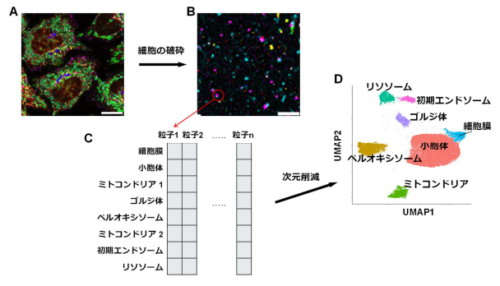2024-09-09 ハーバード大学
<関連情報>
- https://www.hsph.harvard.edu/news/press-releases/air-pollution-exposure-in-infancy-may-limit-economic-mobility-in-adulthood/
- https://www.pnas.org/doi/10.1073/pnas.2401882121
米国における乳幼児期のPM2.5曝露と上昇流動性 Childhood PM2.5 exposure and upward mobility in the United States
Sophie-An Kingsbury Lee, Luca Merlo, and Francesca Dominici
Proceedings of the National Academy of Sciences Published:September 9, 2024
DOI:https://doi.org/10.1073/pnas.2401882121
Significance
The impacts of fine particulate matter (PM2.5) on health outcomes are widely established, but its relationship with economic opportunities is less well understood. To fill this knowledge gap, we gather a nationally representative sample of US census tracts and examine the association between childhood air pollution exposure and a measure of intergenerational mobility between parents’ income and children’s income. After controlling for several census tract–level confounders, our results indicate a statistically significant negative relationship between PM2.5 exposure during infancy and earnings in adulthood. Furthermore, we provide evidence that this association varies among counties of the country and explore the potential sources of such heterogeneity.
Abstract
Although it is well documented that exposure to fine particulate matter (PM2.5) increases the risk of several adverse health outcomes, less is known about its relationship with economic opportunity. Previous studies have relied on regression modeling, which implied strict assumptions regarding confounding adjustments and did not explore geographical heterogeneity. We obtained data for 63,165 US census tracts (86% of all census tracts in the United States) on absolute upward mobility (AUM) defined as the mean income rank in adulthood of children born to families in the 25th percentile of the national income distribution. We applied and compared several state-of-the-art confounding adjustment methods to estimate the overall and county-specific associations of childhood exposure to PM2.5 and AUM controlling for many census tract–level confounders. We estimate that census tracts with a 1 μg/m3 higher PM2.5 concentrations in 1982 are associated with a statistically significant 1.146% (95% CI: 0.834, 1.458) lower AUM in 2015, on average. We also showed evidence that this relationship varies spatially between counties, exhibiting a more pronounced negative relationship in the Midwest and the South.


